When Preston Moon was diagnosed with Parkinson’s disease at age 53 in 2008, he never dreamed he’d be bobbing and weaving in a boxing gym or pounding punching bags one year later. After learning that the condition would progressively impair his motor function due to a loss of brain cells that produce the chemical messenger dopamine, he thought he had little to look forward to but a steady decline. Then, in 2009, his next-door neighbor in Indianapolis mentioned Rock Steady Boxing, a local nonprofit program she’d attended that used boxing to manage the symptoms of Parkinson’s disease.
Moon was skeptical. “I’m a retired Army sergeant first class, and physical training was something I did but didn’t necessarily enjoy,” he says. “The last thing I wanted to do was work out again.” But with little to lose, he decided to check out the program. What he saw at the gym was surprising: People were punching small speed bags and large heavy bags, doing footwork and balance exercises, and performing calisthenics. “It was people of all ages, male and female, and they were—excuse my French—going balls to the wall,” Moon says. “I thought, ‘These guys have Parkinson’s?’ It changed my attitude immediately.”
He’s been boxing three or four times a week ever since. Eight years later, he feels strong, does push-ups, can run, and rides a motorcycle. His disease has affected him cognitively, slowing his thinking and making it difficult to come up with timely assessments and solutions in his work as a systems analyst, which is why he recently took long-term disability from his job. “But physically,” Moon says, “I don’t look or feel like I have Parkinson’s.”
GROWING STRONG
Moon was an early convert to an exercise regimen that’s expanding nationwide. The earliest proponent was Rock Steady, founded in 2006 in Indianapolis by Scott C. Newman, a community leader who was diagnosed with Parkinson’s disease and found that boxing helped with some of his symptoms. Together with Kristy Rose Follmar, a former professional boxer with world and Indiana state titles, he developed a program using a variety of training exercises—pummeling a speed bag, for example—to address symptoms such as loss of hand-eye coordination. Variety, fun, camaraderie, and intensity—but no actual fighting—are core elements of the program, with exercises designed for people of different abilities and in different stages of the disease.
Rock Steady now has affiliates around the country, and other programs have cropped up, too. These are often led by former professional fighters, such as Paul Delgado of Livramento Delgado Boxing Foundation (LDBF) and PD Gladiators in Atlanta, Mark Royce and Tate Wheeler of Knock Out Parkinson’s in four locations in Minneapolis-St. Paul, MN, and Paulie Ayala of Punching Out Parkinson’s in Fort Worth, TX.
TRAINING COACHES
The programs share many characteristics. For instance, the prospective instructors often have had experience working with people who have Parkinson’s disease, says S. Elizabeth Zauber, MD, associate professor of clinical neurology at Indiana University School of Medicine and an early member of Rock Steady’s board of directors. Further training for prospective coaches usually involves learning more about boxing and Parkinson’s, as well as how to structure a class.
MAKING ASSESSMENTS
All participants are assessed based on observations from coaches, as well as tests that measure abilities such as balance, gait, and grip strength. Boxers are then placed in classes appropriate for their level of function or follow customized workouts. “The assessment helps us get to know the people,” says Rock Steady executive director Joyce Johnson, whose mother had the disease. Coaches also factor in age, fitness level, other health problems, and cognitive abilities, says Dr. Zauber. “If someone can’t do something, instructors need to be able to adapt exercises and levels to that person’s needs.”
Patients may also undergo more thorough testing at their neurologists’ offices and/or with a physical therapist. Once they start, participants are assessed regularly. Knock Out Parkinson’s, for instance, performs assessments monthly, tracks the progress of each patient, and reviews the results with them. “Several of the patients in our program have neurologists who tell them they should keep doing what they’re doing with the boxing ‘because it’s working,’” Royce says.
TAILORING WORKOUTS
Creating customized workouts is key, says Adolfo Ramirez-Zamora, MD, associate professor of neurology at the University of Florida Center for Movement Disorders and Neurorestoration in Gainesville. Being in a wheelchair, for example, doesn’t have to be prohibitive. “Even if your balance isn’t good,” he says, “there’s still a lot you can achieve.”
If needed, coaches or volunteers provide one-on-one assistance. Participants who are at the lowest-functioning level are required to have a “corner man”—a trainer, volunteer, or care partner—to assist with the workout.
SPECIFIC MOVES FOR SPECIFIC SYMPTOMS
Boxing classes typically last 75 to 90 minutes and are designed to tackle symptoms in multiple ways. For example, warm-up exercises stretch muscles and relieve stiffness. Hitting heavy bags builds power and strength. Punching speed bags improves hand-eye coordination and posture. To stimulate cognitive processing, a trainer may hold “focus mitts” as targets and bark out varied instructions—“right, left, uppercut!” Shouting exercises and loud counting work on soft-voice disorders common in people with Parkinson’s disease. Calisthenics and isometric exercises build extremity and core strength critical for posture and gait. Footwork and drills such as moving sideways, jumping rope, or walking on a two-by-four improve balance and agility. Group games that involve tossing footballs, medicine balls, beach balls, or Frisbees encourage socialization and improve reaction time.
At LDBF-PD Gladiators, trainers call out punches using a number system that Delgado and his coach used when he was a pro fighter. “When I call out ‘one, two, three!’ that’s an intentional sequence—jab, right cross, left hook,” Delgado says. “Participants need to make these moves correctly.” Translating numbers to punches makes the workout mental as well as physical. Delgado recently switched the right-handed sequence to a left-handed version. “I’m making them southpaws,” he says. “That way they’re boxing from their weak side as well as their strong side, and the numbers apply to mirrored moves so they have to be cognitively sharper to throw those punches.”
PUSHING LIMITS
Rock Steady leaders say that “forced exercise”—demanding more effort than people would exert on their own at whatever level of function or fitness—is key to success. “We tell coaches-in-training that these guys can be pushed and don’t want to be treated like sick people,” Follmar says. “We’re respecting them by encouraging them with tough love, and that gives them confidence.”
FIGHTING A DISEASE
Anyone dealing with Parkinson’s disease is in some sense fighting it, but boxers feel like they’re fighting it literally and physically. “That idea is important,” Follmar says. “There’s a toughness about Rock Steady that makes people feel empowered.”
At Knock Out Parkinson’s, coaches sometimes keep the foe—Parkinson’s—front and center. “They’ll give us a series of drills while we recite ‘Knock! Out! Parkinson’s!’ and “I! Hate! Parkinson’s!’—punch, punch, punch—and scream as loud as we can,” says Lee Goderstad, who joined Knock Out Parkinson’s in March 2016. The drills also help participants work their vocal cords to strengthen them and combat loss of voice.
For Moon, boxing is an alternative form of therapy. “I was never one to go to support groups,” he says. “I was taught to adapt and overcome. We [boxers] don’t get in a group and moan about how rough we have it. Sure, we have challenges. So what do we do to get over them? I wanted to be part of something that would help me get over them, and I found that through boxing.”
WHAT THE SCIENCE SAYS
An early news story on Rock Steady motivated Stephanie Combs-Miller, PT, PhD, associate professor at the University of Indianapolis’ Krannert School of Physical Therapy, to investigate the benefits of boxing. In a preliminary case study of six participants published in Physical Therapy in 2011, she found that every participant improved on at least five of 12 measures, including balance, gait, walking speed, stride length, step width, get-up-and-go time, and ability to reach forward, over three months. “Some people improved on all of them,” Dr. Combs-Miller says. “It was a pretty strong indication that something positive was going on.”
VARIETY AND INTENSITY ARE KEY
That “something” may not precisely translate to boxing. “The regimen is a mix of aerobics, resistance training, balance exercises, and, for part of it, boxing-related activities,” says Ergun Uc, MD, professor of neurology at the University of Iowa Hospitals and Clinics in Iowa City, who has researched exercise and Parkinson’s disease. “While you can’t say boxing improves Parkinson’s, you perhaps could say that the training regimens boxers use might improve symptoms of the disease.”
In a follow-up clinical trial in 2013 published in the journal NeuroRehabilitation, Dr. Combs-Miller and colleagues recruited 31 people and assigned half to a boxing group and half to a control group that did more traditional resistance, aerobic, and balance exercises. Both groups showed significant improvements in balance, mobility, and quality of life, with variations on certain measures over three months. “My hunch is that it doesn’t matter if people box, play basketball, cycle, or dance, as long as they exercise at a high-intensity level,” Dr. Combs-Miller says. For example, traditional exercisers actually reported slightly more confidence in their balance than boxers.
PROGRESSIVE CHALLENGES ARE IMPORTANT
What is considered intense depends on what kind of shape people are in. “Most people are so deconditioned that even lower-intensity exercise can push their boundaries,” says Lisa M. Shulman, MD, FAAN, professor of neurology and director of the University of Maryland Parkinson’s Disease and Movement Disorders Center in Baltimore. In a 2013 study published in JAMA Neurology, she and her colleagues showed that lower-intensity exercise like walking on a treadmill at a normal, comfortable speed was more effective than higher-intensity treadmill or resistance exercise in improving gait speed.
Yet the benefits tend to be specific to the form of exercise. Walking improves gait but not strength. Strength training makes you stronger but not more aerobically fit. “There is good reason to believe that because boxing combines multiple types of activities, it has special benefits,” Dr. Shulman says.
These boxing programs also encourage participants to progress as their skills improve. “It’s well known in training research that you need to be adaptive and progressive,” Dr. Uc says. “You try to increase performance and not stay at one level. But boxing isn’t the only exercise that does that. Generally, anything that motivates patients and safely increases the level of physical activity improves a variety of symptoms.” Yet boxing may still be special, Dr. Uc allows. “There’s a coolness factor,” he says. “Perhaps it’s more interesting and motivating.”
It’s too early to say definitively that boxing or other forms of exercise slow the progression of Parkinson’s disease, says Dr. Shulman. And Dr. Uc says that more research is needed in larger samples of patients before boxing regimens become a recommendation for Parkinson’s patients. “But substantial evidence from animal studies suggests that exercise benefits brain pathways involved with the disease,” Dr. Shulman says.
EMOTIONAL EMPOWERMENT IS A BONUS
Camaraderie is another special ingredient of these programs, according to participants, coaches, caregivers, and researchers. A 2016 study published in the Journal of Applied Sport Psychology found that training with a group carried a variety of emotional benefits. It helped relieve anxiety by allowing participants to talk and joke about Parkinson’s with others who understood the disease. Participants also reported that they were inspired by their peers, felt like athletes, and found a sense of mutual support.
Researchers haven’t yet studied the impact of boxing’s social component in people with Parkinson’s disease. “But I think there’s something about the feeling of empowerment patients get from it,” Dr. Shulman says. “Boxing sounds strong, and they are proud to be involved.”



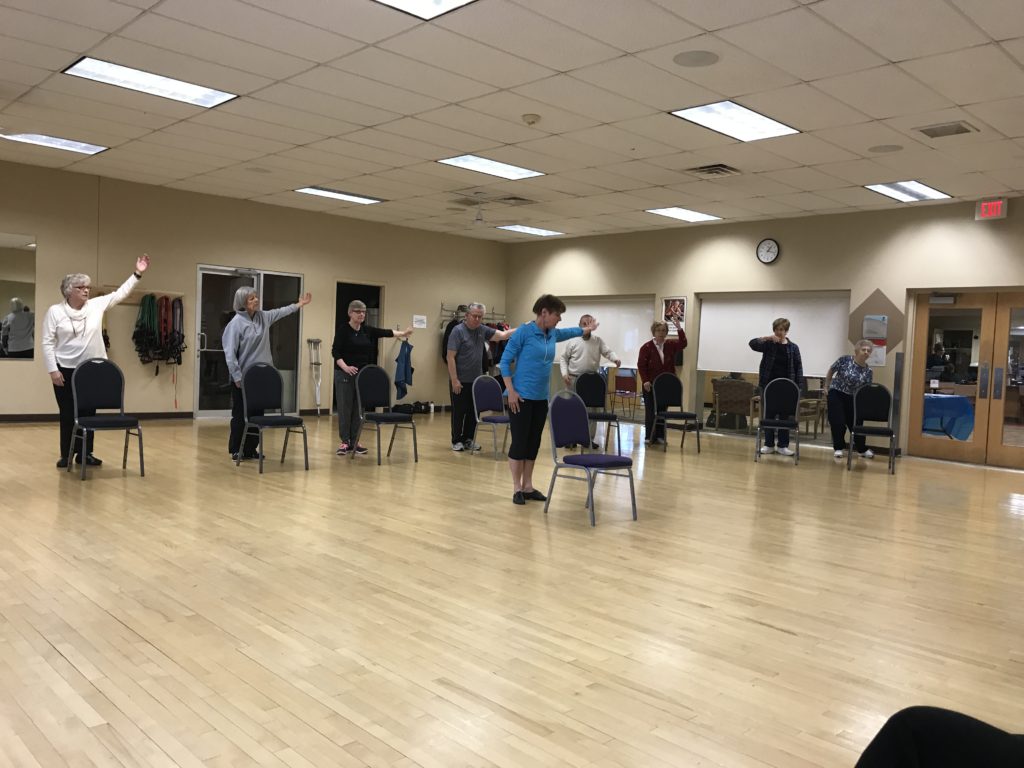
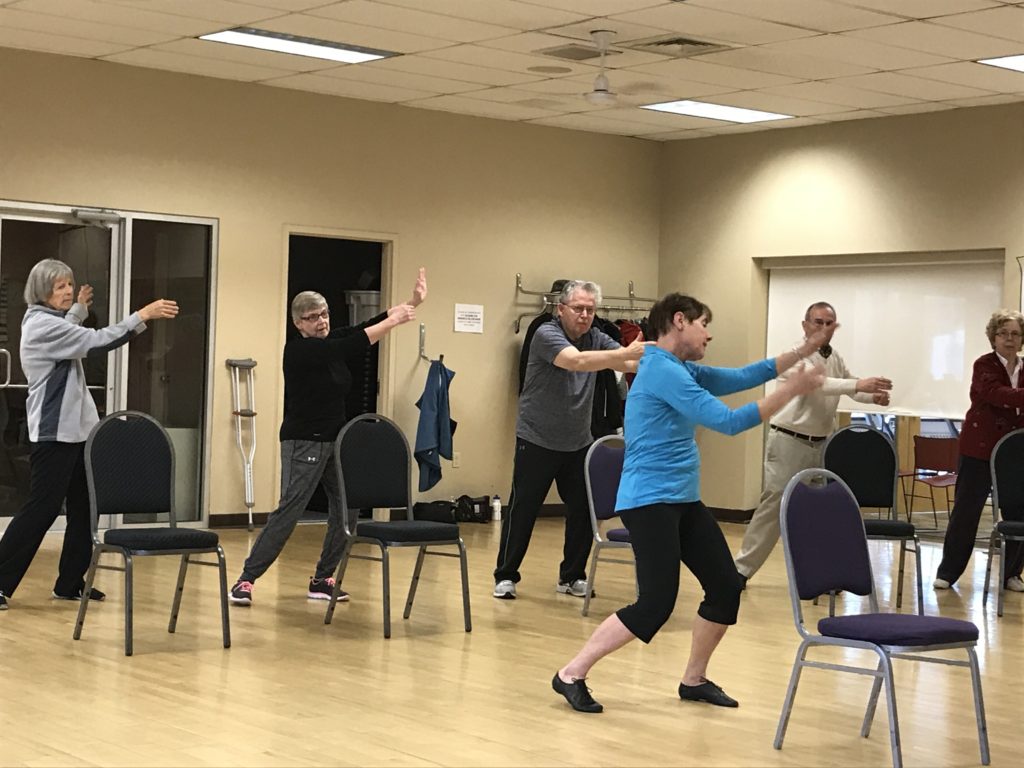
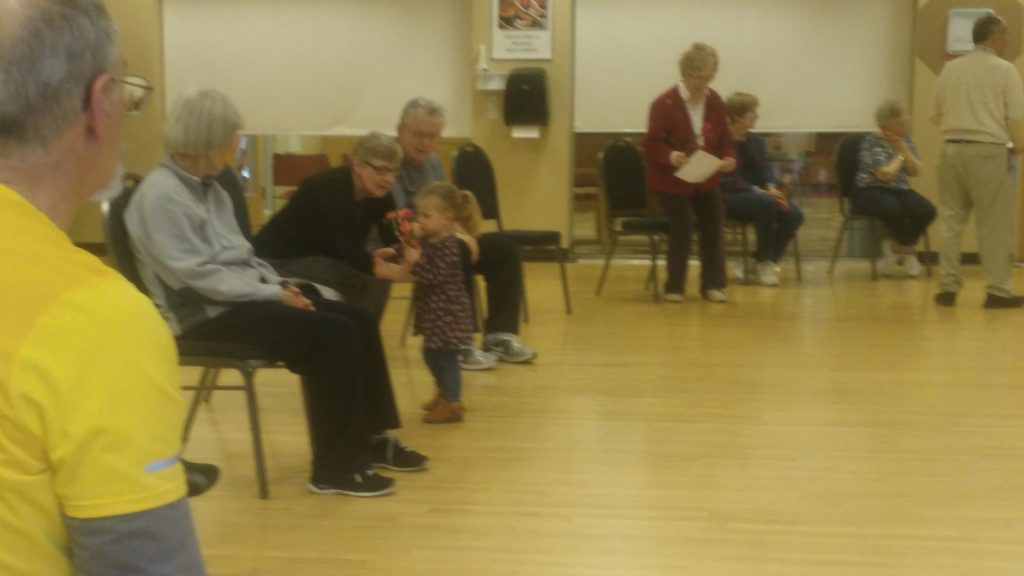
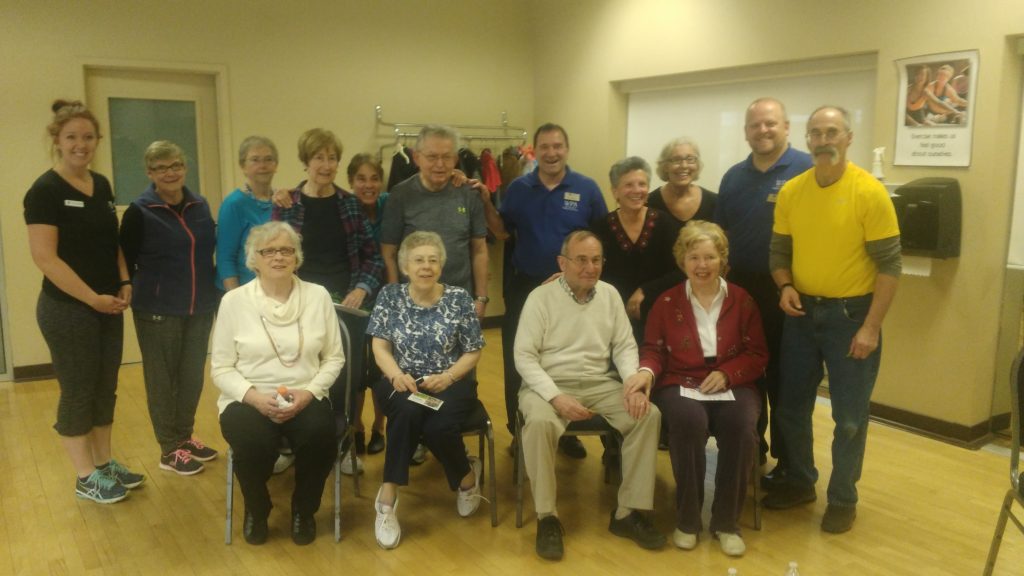
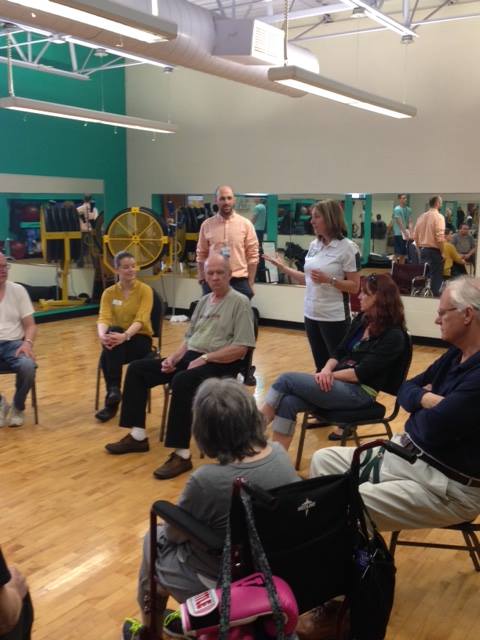
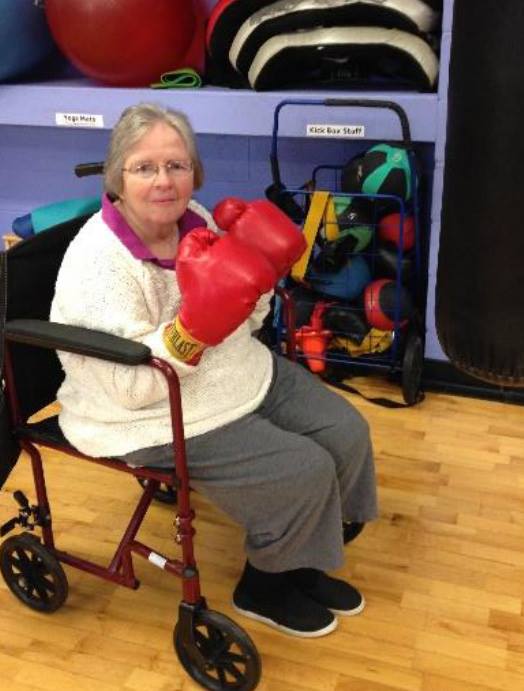
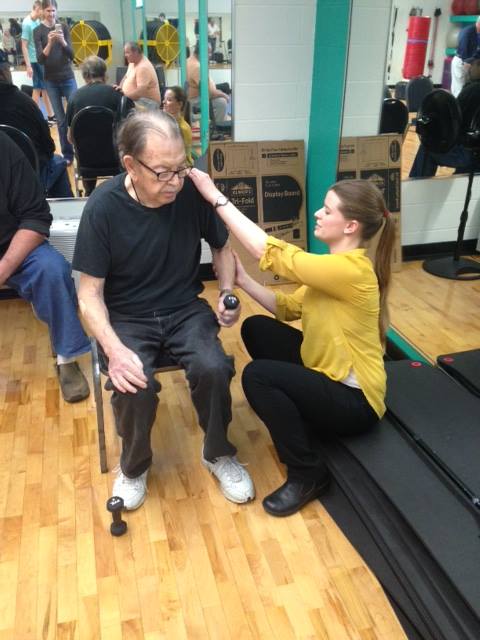







Recent Comments